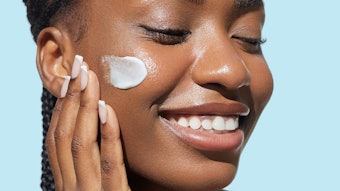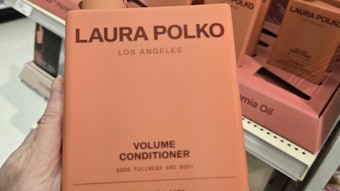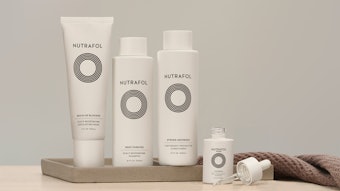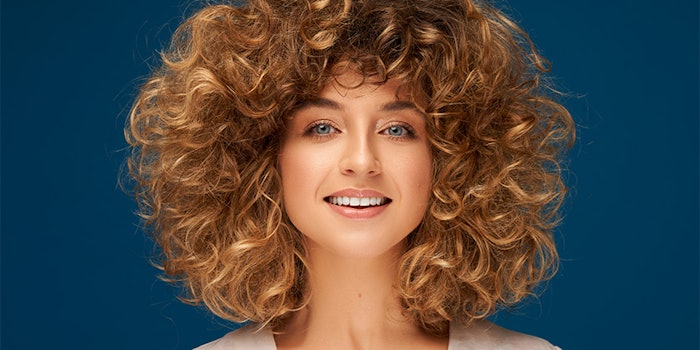
A hairstyle is a strong social symbol that embodies the desire for “personalization,” “express my style” or just “play with my hair.” Hair has become the best accessory for consumers and COVID-19 restrictions have reinforced this craving for individual expression. This is why the idea of “my style without compromise” is growing and its expression is visible through ungendered haircuts, new shapes and textures mostly by experimenting with bright and dynamic colors.
Unfortunately, chemical treatments such as coloring and bleaching are very aggressive to hair and can damage it permanently. These treatments can alter the hair’s mechanical properties, opening the cuticle scales, modifying the hydrolipidic film and leaving hair more sensitive to daily attacks. The result is dry, coarse hair; loss of shine; fragile hair that breaks easily; and combing difficulties.
There is a pressing need for technology that can protect hair from “side-effect” damage without compromising the bleaching and/or coloring result. The technology must be robust enough to withstand the high pH used during bleaching and coloring and the strong oxidant, typically hydrogen peroxide.
Taking all of these factors into account, the Research and Innovation (R&I) team at Solvay set out to develop Polycare® Split Therapy, which offers damage prevention and protection during high pH procedures on top of anti-color fading benefits for healthy, shiny and vibrant hair. The hair care industry has been looking for this combination of properties for years.
This innovative polymer, derived from guar plant, was added as an extra ingredient to bleach and color preparations and the results were carefully analyzed. For both bleach (see Figure 1) and color, Solvay treated Caucasian virgin hair with Polycare® Split Therapy and compared the results with samples of bleached/colored hair without the technology. Three hair tresses are analyzed each time:
- Untreated Caucasian hair
- Caucasian hair bleached/colored normally
- Caucasian hair bleached using 2% of Polycare® Split Therapy
10 fibers were extracted from each hair tress to perform optical measurements with a scanning electron microscope (SEM imaging). The rest of the hair tresses were used for sensorial assessment after bleaching.
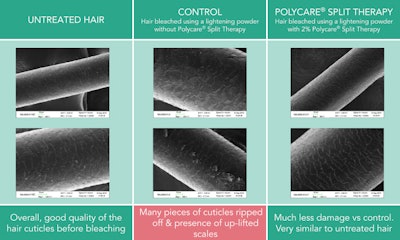
Figure 1: Damage protection during bleaching
After bleaching, hair samples with and without Solvay’s active ingredient were observed under the microscope and compared to virgin hair. Untreated hair showed tight cuticles and overall good quality of fiber. However, once the hair is bleached—the damage appears. The control showed up-lifted cuticles and ripped-off parts of the external protection of the hair.
What is amazing to observe is that the addition of Polycare® Split Therapy during bleaching leads to less hair damage. The cuticles are preserved and the overall shape of the hair looks healthy, like a "reset" to virgin hair.
We evaluated the sensorial attributes of the bleached hair and concluded that overall, the samples protected with Polycare® Split Therapy show higher softness.
Whether consumers pay to have their hair professionally dyed or spend time doing it themselves, they want effects that last. Our technology answers a range of consumer needs and expectations as we also demonstrated anti-fading benefits.
Disclaimer:
The above paid-for content was produced by and posted on behalf of the Sponsor. Content provided is generated solely by the Sponsor or its affiliates, and it is the Sponsor’s responsibility for the accuracy, completeness and validity of all information included. Cosmetics & Toiletries takes steps to ensure that you will not confuse sponsored content with content produced by Cosmetics & Toiletries and governed by its editorial policy.




